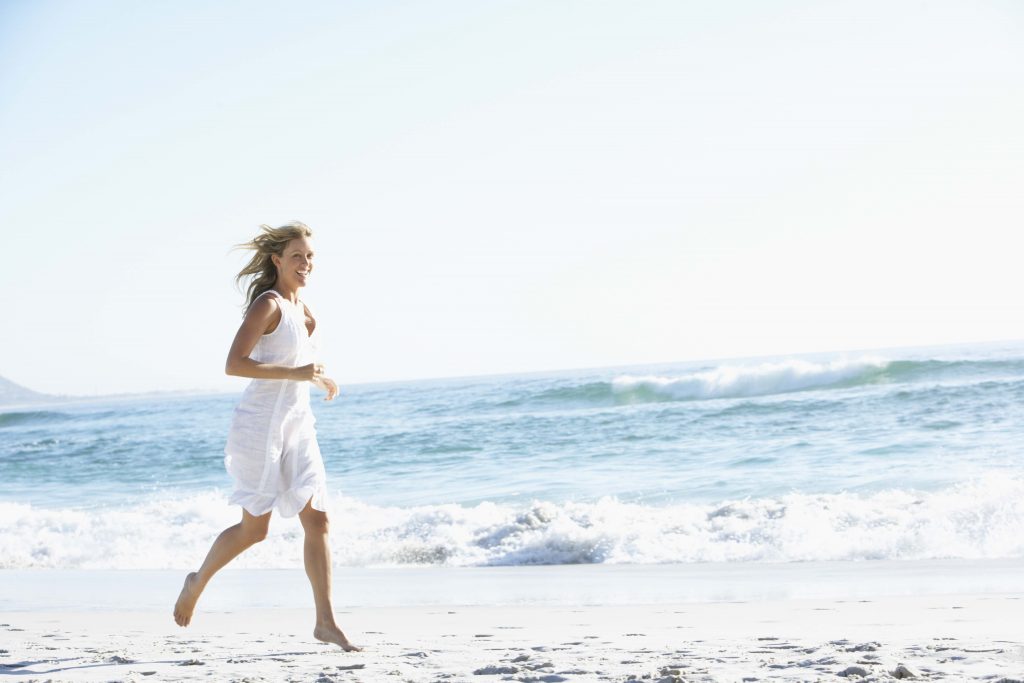Our richest source of vitamin D is from the UVB rays of the sun, but there are many factors that affect the amount of vitamin D we manufacture from the sun.
How Much Sunlight?
Latitude
UV rays are most intense at the equator but at higher latitudes further from the equator, the sun is lower in the sky and travels through more ozone to reach earth, making UV radiation less intense
Time of day
At midday when the sun is at its highest point, UV radiation has a shorter distance to travel. In early morning or late afternoon, the UV rays are at an oblique angle and the intensity is less
Time of year
The angle of the sun varies by season and sunlight is the most intense in summer
Altitude
The UV radiation is more intense at higher altitudes as there is less atmosphere to absorb it
Weather
Cloudy conditions reduce the penetration of UV rays
Pollution
Less UV radiation reaches the earth as air pollution can filter it out
Reflection
Surfaces such as snow, sand and water can intensify UV rays
Sunscreen
Wearing sunscreen prevents the body from making vitamin D. SPF 15 reduces it by 95% and SPF 30 by almost 99%
Skin colour
The darker your skin, the more sun you need as the melanin that gives skin its colour acts as a natural sunscreen. Darker skin may require up to six times more sun exposure to produce the same amount of vitamin D as lighter skin.

Source: The Vitamin D Solution – Dr. M. F. Holick, Australian Edition 2000
